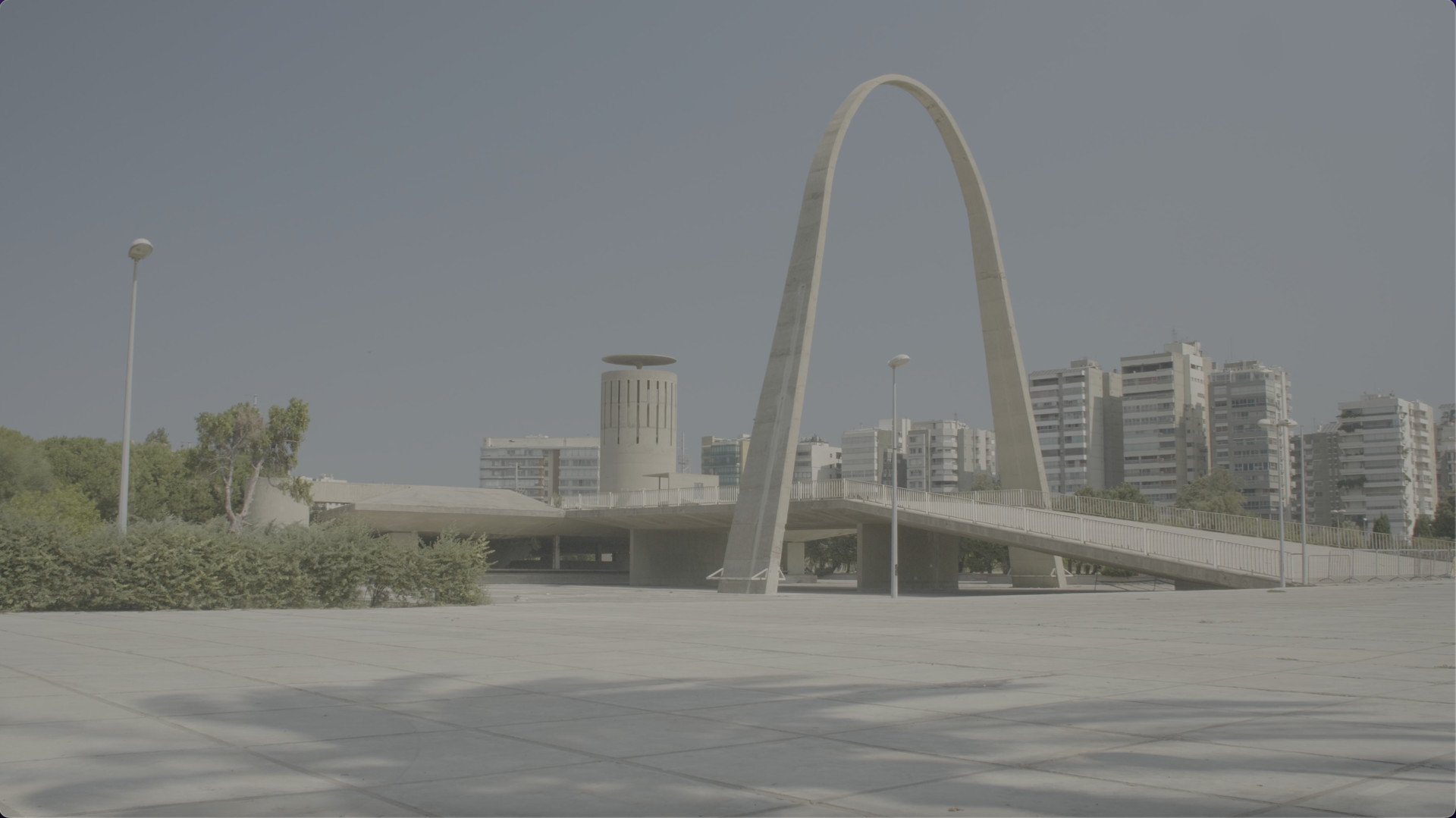
Director Statement
The film is built by a series of fragments held together in a circular structure, from the sea to the sea. Landscapes and testimonies. We won't see faces, only hear voices. There are many reasons for this, but chiefly because this is a film about disappearance, something that haunts the image, a visibility yet to be achieved.
Secondly it is a film about places, places that guard massacres and killings. They guard these places in the sense that they keep them, they are the bearer of evidence, but also that they show no trace, therefore screening us from acknowledging these crimes, from making them public. The voices of survivors, perpetrators, local residents, tell stories of violence and enforced disappearances.
The camera moves slowly, or not at all, across landscapes that seem to say nothing about these crimes. Rural or urban landscape that are unremarkable, mundane solitary or crowded, densely built or barren, but all similarly silent about the bodies and bones that they guard.
The camera says: life carries on
The voices say: stop! It can't carry on
There are traces of an archive, but it doesn't lead to anything clear, it doesn't illuminate or illustrate. At the opposite, its grain becomes more important than what it shows
It shows little anyway, but gives us the texture of something past. We start with the sea, restless blue. Bodies have been dumped there. Water is transparent, but the bodies cannot be seen.
We finish with the sea and the scarred body of the August 4th explosion. In between the waves, landscapes that have nothing to show come alive through the breath of different voices, bringing back to visibility the violence that was meant to remain hidden.